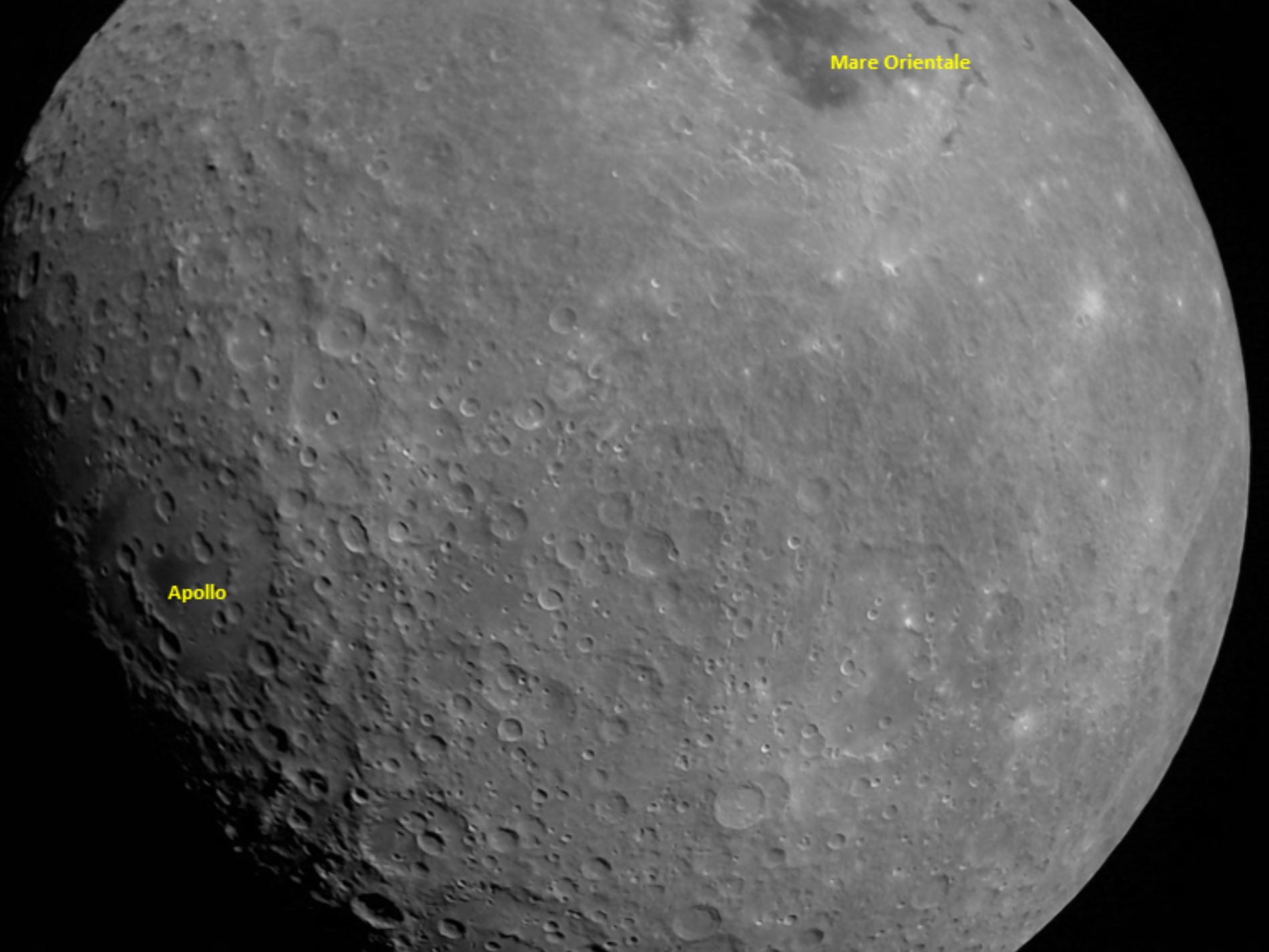
Successful separation of the Chandrayaan-2 orbiter and lander clears the way for historic landing attempt Sep. 6.
HELSINKI — India will attempt to become the fourth country to soft land on the Moon Friday after successful separation of the Chandrayaan-2 lander and orbiter early Monday.
The separation event took place at 3:45 a.m. Eastern Monday, just under a day after the Chandrayaan-2 spacecraft carried out a final orbit change to lower its orbit to a 119- by 127-kilometer lunar orbit.
“All the systems of Chandrayaan-2 Orbiter and Lander are healthy,” the Indian Space Research Organisation (ISRO) announced in a statement released shortly after separation.
The Vikram lander is now set to perform two deorbit burns, at 11:30 p.m. Sep. 2 and 5:30 p.m. Sep.3 Eastern, to lower the orbit to a planned 36- by 110-kilometer orbit. These will be followed by powered descent and touchdown between 4 p.m. and 5 p.m. Eastern Sep. 6.
A successful touchdown Friday by the Vikram lander would make India the fourth country to achieve a lunar landing after the U.S., the former Soviet Union and China.
The 1,471-kilogram lander is named for Dr Vikram A Sarabhai, the founder of the Indian Space Research Organisation (ISRO). It also carries a 27-kilogram rover named Pragyan, which translates to ‘wisdom’ in Sanskrit.
Long lunar journey
Chandrayaan-2 has taken a relatively circuitous route to the moon. Launch took place July 22 at the Satish Dhawan Space Centre atop of a GSLV Mk 3 launch vehicle, with five orbit raising maneuvers performed before trans-lunar injection Aug. 13. The spacecraft entered lunar orbit Aug. 20, then carrying out five orbit lowering burns before the final, 52-second burn Sunday.
The Chandrayaan-2 orbiter is designed to operate in a 100 by 100-kilometer lunar polar orbit for one year. Its eight payloads include a Terrain Mapping Camera, which will produce a 3D map for studying lunar mineralogy and geology. It also carries an X-ray spectrometer, solar X-ray monitor, imaging spectrometer and a high-resolution camera.
Vikram will communicate with both the terrestrial Indian Deep Space Network at Byalalu near Bangalore and the orbiter. It will also facilitate communications with the rover, with carries two payloads, a speed of 1 centimeter per second and a range of 500 meters. Both the lander and rover have a mission lifetime of one lunar day, equivalent to about 14 Earth days.
Mission science goals include mapping, investigating surface composition, detecting hydroxyl and water ice signatures and surveying the tenuous lunar exosphere.
Chandrayaan-2 is ISRO’s second lunar mission, following the Chandrayaan-1 orbiter launched October 2008.
https://spacenews.com/india-set-for-moon-landing-attempt-after-chandrayaan-2-spacecraft-separation/Bagikan Berita Ini
















0 Response to "India set for moon landing attempt after Chandrayaan-2 spacecraft separation - SpaceNews"
Post a Comment